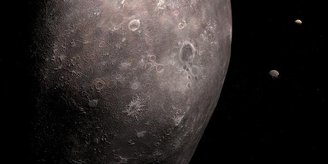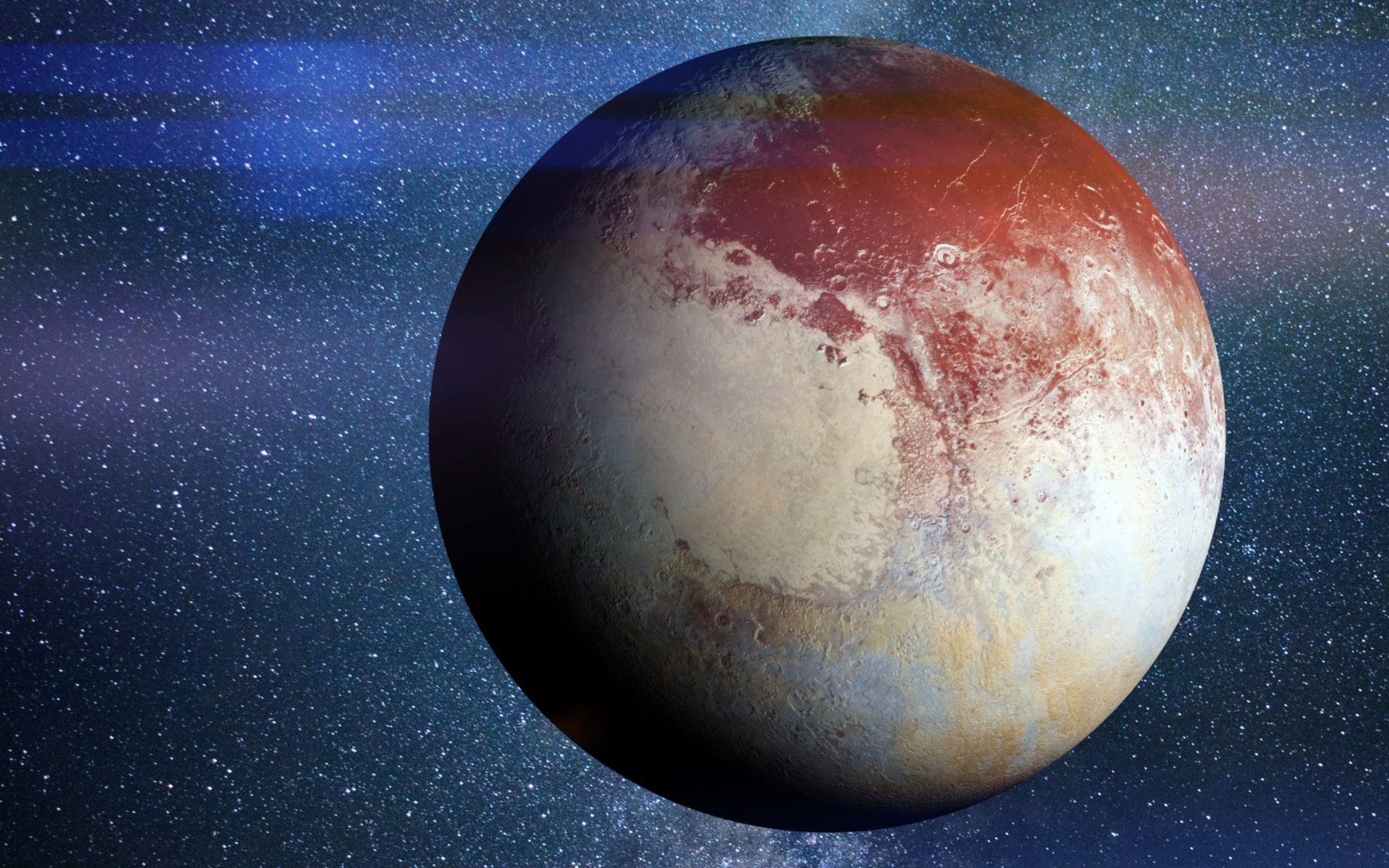Astronomy is a science that began to exist long before the creation of the scientific method, as the earliest civilizations, such as the Egyptians in Egypt and the Mayans in Mexico, used astronomy techniques.
Different throughout human history Astronomers stated that there are different planets in the Solar System, but some of them are not actually celestial bodies and some are not real.
With the development of astronomy, observations made with space telescopes and the application of the scientific method, many theories regarding possible planets began to ‘collapse’. For example, This is the case of Pluto, which was confirmed by scientists to be one of the main celestial bodies in the Solar System, but was eventually reclassified as a dwarf planet.
Revision of old concepts is common in science, so various adjustments have been made to astronomy over the years.
To dig a little deeper into unreal celestial objects, TecMundo collected information from scientists and experts in the field about 5 planets that never existed. Check out!
Pluto
Discovered by American astronomer Clyde Tombaugh in 1930, Pluto was considered a planet until just over a decade ago. In 2006, nearly 76 years after its discovery, the International Astronomical Union (IAU) reclassified Pluto as a dwarf planet; In addition to significantly changing the history of the Solar System, the update also caused uproar in the scientific community; To date, some scientists do not accept the reclassification.
In order for Pluto to be considered a planet, it must have three different characteristics: It must revolve around the Sun; it must have sufficient mass to form an almost perfectly round shape; and it needs to clear the orbit of other objects around it. But, Scientists point out that Pluto does not fit the last feature because it has not cleared its orbit to become the main celestial body in the region.
“This means that the Solar System consists of eight ‘planets’: Mercury, Venus, Earth, Mars, Jupiter, Saturn, Uranus and Neptune. A new class of objects called ‘dwarf planets’ has also been created. ‘Planets’ and ‘dwarf planets’ were recognized as two separate classes of objects. The first members of the ‘dwarf planet’ category are Ceres, Pluto and 2003 UB,” the IAU explained in an official statement.
Planet
For many years, many scientists have proposed the existence of a ninth celestial body in the Solar System, known as Planet X or Planet Nine. According to scholars, The so-called cosmic object would take up to 15 thousand years to orbit the Sun, so its detection would be extremely complex.
In 2014, an astronomer observed oscillations in the orbit of Sedna, a trans-Neptunian object (TNO) located 13 billion kilometers from Earth. According to theory, disturbances in Sedna’s orbit may be responsible for a larger object much more distant; This could be Planet X.
Although not confirmed, HEThe next high-tech space telescopes should search for the existence of Planet X. In any case, there is no scientific confirmation yet of the existence of the ninth main planet in the Solar System.
Nibiru
Nibiru was never actually a true planet. It was suggested by holistic author Zecharia Sitchin in his book “The Twelfth Planet” in mid-1976. The author suggested that Nibiru was the ‘home’ of an extraterrestrial civilization that aided the development of humanity’s ancient civilizations. No wonder this myth has been ‘debunked’ by scientists and astronomers; researchers claim that the so-called planet never existed.

Hypothetically, the ‘planet’ would orbit the Sun every 3,600 years and could wreak havoc on Earth in the event of major catastrophes. In 2012, among other theories about the end of the world, a group of people claimed that Nibiru would collide with Earth that year. – the theory resurfaced in 2017, but of course none of this happened.
“This is an internet conspiracy theory. Nibiru or Planet of the United States Aeronautics and Space (NASA) explained in a statement.
Vulcan
French mathematician and astronomer Urbain Le Verrier predicted the alleged existence of Vulcan after studying Isaac Newton’s theory of universal gravitation; Applying this to the orbital motion of Uranus and Mercury, the hypothesis emerged that an undiscovered planet was exerting some unknown gravitational force. Strange as it may seem, this is exactly how Le Verrier discovered Neptune; So it wouldn’t be that strange if Vulcan actually existed.
Vulcan emerged from a science-based hypothesis, but eventually became more famous in the science fiction series Star Trek.
Supposedly the celestial body was named after the Greek god of fire, after all, if the information were true, Vulcan would be the closest planet to the Sun. In mid-1919A new proven theory has put an end to the theory of Vulcan’s existence, suggesting that the oscillations in Mercury’s orbit are due to another cause.
“There was a belief in many sectors” [da astronomia] A planet exists between Mercury and the Sun, but is often lost in the sun’s glare. “Some people thought they saw Vulcan during total solar eclipses, and it was very common to look for Vulcan during these events because the sun’s glare was eliminated, making the chances of detecting possible planets much greater,” said Daniel Kennefick, a professor of physics in the United States. University of Arkansas.
Coach
After some scientists noticed an order in the orbits of the planets in the Solar System and a gap between Mars and Jupiter, as explained by Titius Bode’s law, Fhello suggested that Phaeton could be a hypothetical celestial body located between the orbits of these two planets. It takes its name from the son of Helios, the sun god in Greek mythology.

Some scholars and conspiracy theorists believe that Phaeton was destroyed by the forces of nature or an alien nuclear war. It is important to emphasize that none of this information has gone through the scientific method. The truth is that there is no planet like the one described by Phaeton, and there probably never was.
Did you like the content? So, at TecMundo, always stay informed about the latest astronomy discoveries and take the opportunity to read how conspiracists suggest that the world will almost end.
Source: Tec Mundo
I’m Blaine Morgan, an experienced journalist and writer with over 8 years of experience in the tech industry. My expertise lies in writing about technology news and trends, covering everything from cutting-edge gadgets to emerging software developments. I’ve written for several leading publications including Gadget Onus where I am an author.













